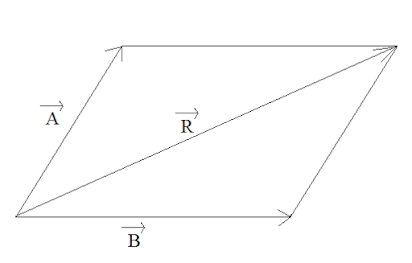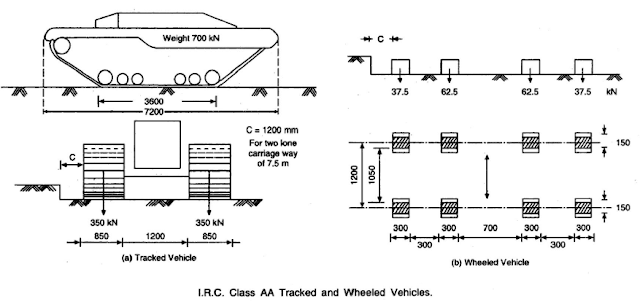General principles and laws in solid mechanics: Newton’s law of mechanics, the law of transmissibility, parallelogram law of addition, principle of superposition and moment of forces
Since we have to study the deformation and motion of solid objects under the action of forces, we should have knowledge about the force as a vector quantity and its moment and along with this we should have perfect knowledge of different principles involved in solid mechanics.
Newtonian’s mechanics is used while solving an
engineering problem so; one should have knowledge of Newton’s laws of
mechanics:
It involves Newton’s three laws of motion and law of
universal gravitation:
Newton’s first law of motion
It states that any object whether is in rest or motion will remain as such until it is forced to change its state of rest or motion by an external agency.
Consider a ball rolling on the ground; we all know
that after a certain period of time it will come to rest but according to
Newton’s first law of motion, it should have continued in motion unless some external agency is forcing it to change its state from motion to rest. And, we
all know that it is friction.
If somehow one can create a surface free from
friction then the ball will not come to rest and continue its motion until some
other external agency forces it to stop.
Similarly, if a body is in rest then it will not
move until it is applied certain force.
Newton’s second law of motion
It states that if a force
is applied on an object then the amount of force will be proportional to the
product of mass and rate of change of velocity i.e.
Newton’s third law of motion
It states that every
action performed has an equal and opposite reaction.
Let’s understand it with a simple example,
If a person is trying to push a concrete wall then
we know that it will not move a bit but according to second law if a force F is
applied to a body then there must be an acceleration ‘a’ such that
Unless there is an equal and opposite reaction that
is canceling out the force applied by the person. So,
Fnet =
0, hence a = 0
Now, coming to the universal law of gravitation
Newton’s law of universal gravitation
It states that any two body separated by a distance ‘d’ exert an attractive force on each other that is directly proportional to the product of their masses and inversely proportional to the square of distance between them i.e.
Where, G is the universal gravitational constant
which is equal to 6.67*10-11 m3kg-1s-2 .
Now, consider an object of mass ‘m’ at the surface
of the earth. The gravitational force Fe on the object will be given
by
Where, Me is the mass of the earth
And, R is the radius of the earth which has been
taken the distance between the earth and the object while calculating the
gravitational force.
Now, if the gravitation acceleration due to Fe is ‘g’ on the surface of the earth, then from
Newton’s second law of motion
Fe
= mg = weight of the object since it is on the surface of the earth
Note: Weight of an object is the force exerted by
the earth on that object on the surface of the earth.
From the above two equations,
g
= 9.81
Force
Since force is a vector quantity; we will study some laws and
principles of vector
Law of transmissibility
It states that if a force is applied to a rigid object then there will not be any change on the effect of force on that object when that same amount of force is applied somewhere else on the object along the same line of action.
Line of action
It is an imaginary line that is drawn as the extension of the force vector from both ends.
In the above figure, if the force applied at point A on an object is transferred to the Point B that is along the line of action of force will have the same effect on the object.
The principal of physical independence
It states that the effect of a force on a body will remain
unaffected by the other forces acting on the body. It means that each force on
a body will act individually on the body and the net effect on the body will be
the resultant of the effect of all the forces acting individually on the body.
Principal of superposition
It states that the net effect of forces acting on a body will be
same as the sum of the effects caused by each force individually on the body.
Parallelogram law of addition of vectors
Any vector quantity along with force follows parallelogram law
of addition in nature.
Let’s consider two vectors and
and  , the sum
, the sum of the two vectors is by the parallelogram of
vectors
of the two vectors is by the parallelogram of
vectors
It states that the resultant  of two vectors
of two vectors  and
and  will be equal to the magnitude and direction
of the diagonal of a parallelogram formed by the magnitude and direction of the
vectors
will be equal to the magnitude and direction
of the diagonal of a parallelogram formed by the magnitude and direction of the
vectors  and
and  as adjacent sides.
as adjacent sides.
 |
| Parallelogram law of addition of two vectors |
Now, consider the two forces  and
and  , then the resultant of
the two will be given as
, then the resultant of
the two will be given as
 |
| Parallelogram law of addition of two forces |
Moment of forces
Moment of force is always calculated along a center and it is
defined as the product of the magnitude of the force and the perpendicular distance
from a point to the line of action of that force.
Note, that the moment of force is a vector quantity and the
product above will be the cross product of vector as given below
Now, the Algebraic sum of the moment of forces about a center is always
equal to the moment generated by the resultant of those forces.
To, physically understand the moment of force, consider a hinged door. Now if a force F is applied on the door at a certain perpendicular distance ‘d’ from the axis of rotation then the door might move along its axis and if the distance ‘d’ is decreased with the same amount of force then, at some point it will be hard to rotate the door. It is because as the distance from the axis decreased, the moment decreased though the force was kept constant.













Comments
Post a Comment
Your comment will be moderated.